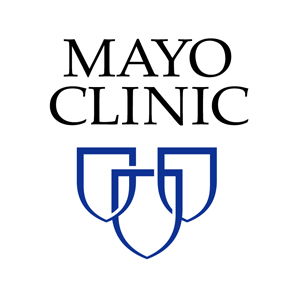In the hospital and healthcare settings where I often work as a consultant and speaker on the patient experience, patient satisfaction, customer service and the customer experience, many of the questions I get are about HCAHPS and how to improve scores through training and other means.

(Quick sidebar for the civilians reading this article: HCAHPS are patient satisfaction scores that some government payments are partially tied to. These scores are based on questions–mostly on specific subjects: whether it’s quiet in the hospital, whether your doctor listened to you, and so forth. They also include a couple farther-reaching question, most notably: Whether or not you’re willing to recommend this hospital to others.)
I do like working on HCAHPS. The specific issues covered are not trivial: For example, one question close to any patient’s bladder: “did you get help in getting to the bathroom or in using a bedpan as soon as you wanted?” And another one that any patient can appreciate: “was the area around your room quiet at night?”
Let’s talk about this second question. Noise is a serious source of stress for patients: It can cause sleeplessness (obviously) as well as increase heart rate and blood pressure. And it also causes stress to an institution when your patients rate your poorly on your HCAHPS score in this area.
Remediation of noise requires a concerted effort on multiple fronts: Building real ceilings on your exam rooms, fixing that doggone squeaky wheel on the cart, posting “Use Your Inside Voice” or “Patients Sleeping” signs, rethinking your supply deliveries and your shift-change routines. Providence Portland Medical Center is a hospital that has made progress on the issue by installing a system of lights at the nurses’ station: When the noise level rises a light flashes red and an alarm chime (softly) sounds.
But even a hospital that makes itself as quiet as possible and as responsive as possible to impatient patient bladders, the ultimate goal isn’t really to do well on these specific scores. You will fail both with HCAHPS and as an institution if you try to pattern your initiatives and behaviors too closely to HCAHPS without understanding your overall goal.
Here’s The Big Institutional Win
What do I mean? How can I be a fan of HCAHPS and also profess caution here? What I mean is this: The big win in HCAHPS is if you do well on the question: “Would you recommend this hospital to your friends and family?” Not because it matters disproportionately in the survey’s scoring, but because it holds the key to your institutional future in these days where customer service is truly the new marketing.
Think of the best hospital you can, anywhere in the country. What comes to mind? Do you think to yourself:
“It’s the best hospital in the country: It’s quiet there at night!”
“It’s the best hospital in the country: They helped me go to the bathroom when I needed to!”
I doubt it. You think of it as a place where miracles happen, in a medically accurate and humanely compassionate way.
Take Mayo Clinic for example. They score a bit higher (odds are) than your local hospital in every one of the HCAHPS categories. But only a bit. Not a difference so great that they’d be tempted put it on a billboard. However, their scores are night and day better on “willingness to recommend.”
And, their scores in the real world in terms of recommendations are even more extraordinary:
• 91% of patients who have been to Mayo actually recommend it to others
• On average each patient (of this 91%) makes their recommendation to 40 other people
• Of whom an average of 5 actually consummate the referral receipt by self-admitting to Mayo
And presumably recommend, ultimately, Mayo to 182 additional prospective patients [5*40*.91]
I’m happy to concede that these referral numbers are probably imprecise. They’re not my numbers anyway — I borrowed them from the great Leonard Berry and then extrapolated — and I’m not in a position to defend their accuracy. But as even an approximation, they allow you to see at a glance that Mayo isn’t going out of business any time soon , even if they chose to never spend another penny on marketing.
A Halo Around Your Brand
They’ve achieved the ultimate institutional win: a halo around their brand. A halo that comes from a variety of factors. I would argue that great medicine, visible compassion, and extraordinary customer-centered efficiency are among the biggest. And I will also say that a confluence of wins in smaller categories do combine to contribute toward this halo, in a way that patients will not be consciously aware of, but that matter all the same: exam room and public space design, use of language when addressing a patient and a patient’s loved ones, and much more.
But the halo is only achieved — and casts its light over the entire institution — when an institution knows what its ultimate goal is, and works backward to determine how to achieve it.
A Culture Where The Patient Comes First
The issues measured in HCAHPS matter, but as part of a larger whole: A culture where the patient comes first. If HCAHPS comes first and the goal of a patient-centered culture comes second, the patient-centered culture will be slow to arrive.

